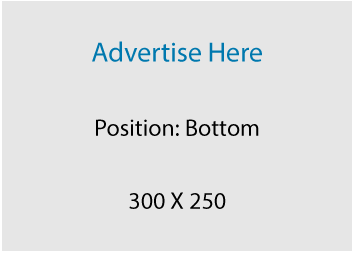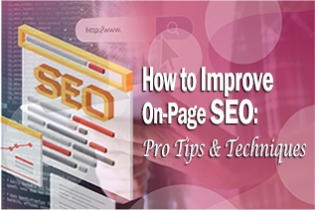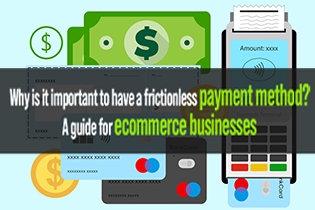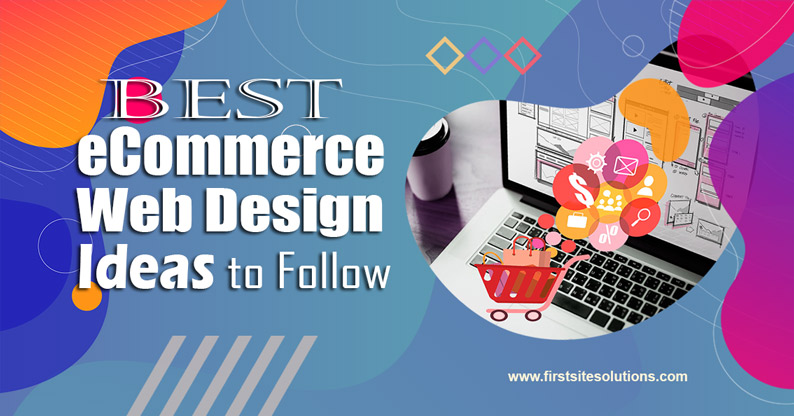
The design of your ecommerce site plays a vital role in making an excellent first impression on your potential customers. An effortless checkout and engaging user experience can be experienced from a well-designed e-commerce website.
As a web development agency, we are certain that you are searching for encouragement to stay vying. Before you initiate skimming through an e-commerce template, you need to learn to sell online and develop a high-converting web store design. I have searched for some of the best eCommerce web design, conversion rate optimization, and user experience to bolster ecommerce website designers.
We have examined the strategies and techniques used by top-selling eCommerce sites and alcove brands to notch conversion. If you are searching for the best ecommerce websites design, you can find numerous inspirations and best practices to boost your sales.
What Is All Required To Develop A Responsive eCommerce Website?
Be it for retail operations or side projects, whichever type of eCommerce site you plan to develop, the foremost thing you require is an eCommerce platform that will help you build an eCommerce store.
An eCommerce platform is a software application that will help ecommerce website designers to develop an online store and regulate its operations, marketing, and sales.
Open source, Saas, and Headless commerce are the three eCommerce platforms in the market.
What Is Required To Develop A High-Performing eCommerce Website Design?
National retail operations or hobby side-projects, no matter which type of ecommerce website you plan to build, the first thing you need is an ecommerce platform to help you build the best ecommerce store.
An ecommerce platform is a software application that lets you set up an online store and manage its marketing, sales, and operations. They equip you with toolkit's to help you develop an online store with page builders, checkout pages, payment gateway integrations, and many more. The difference between them lies in the standards of performance, customizations, In-build features set.
SaaS provides one with divergent eCommerce store design experience. You can also design a store by utilizing their drag and drop editor, but the trade-off has limited customizations and is incapable of adding custom-made features.
Open Source platforms are much like a blank page that can be developed into an array of eCommerce websites with adequate time and work. As you are initiating everything from scratch, you need to have a designer and a coder in charge.
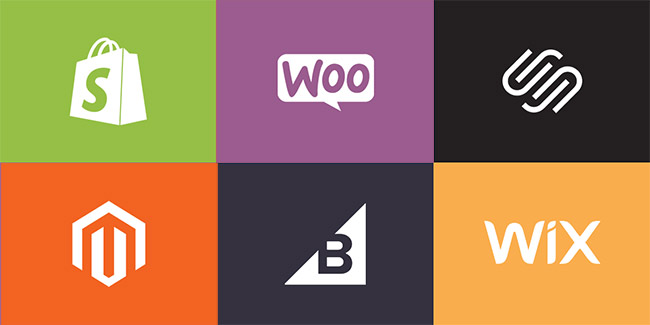
You get to choose between Headless commerce and Open SaaS platforms like BigCommerce, SaaS platforms. For example, Shopify works on headless commerce offering with adamant API call/second. Other SaaS website builders like Wix and Squarespace and open-source platforms like Magento, which don't have endemic theme editors, and WooCommerce don't have ecommerce plugins. The eCommerce solutions, as mentioned earlier, doesn't curb your ecommerce website design competence so that you get to build alluring and unparalleled websites. For that, you don’t require to build commerce functionality from the ground up.
It doesn't bother which store builder you opt for to start up with, but they need to have the following features in them:
-
Mobile Responsive
Suppose a maximum percentage of customers initiate to complete their purchase process from their mobile phones that you'll be withholding on many sales if your website doesn't work on mobile phones. A responsive eCommerce website makes it inevitable that visitors from all the platforms have equivalent onsite involvement, eliminating any design constraints.
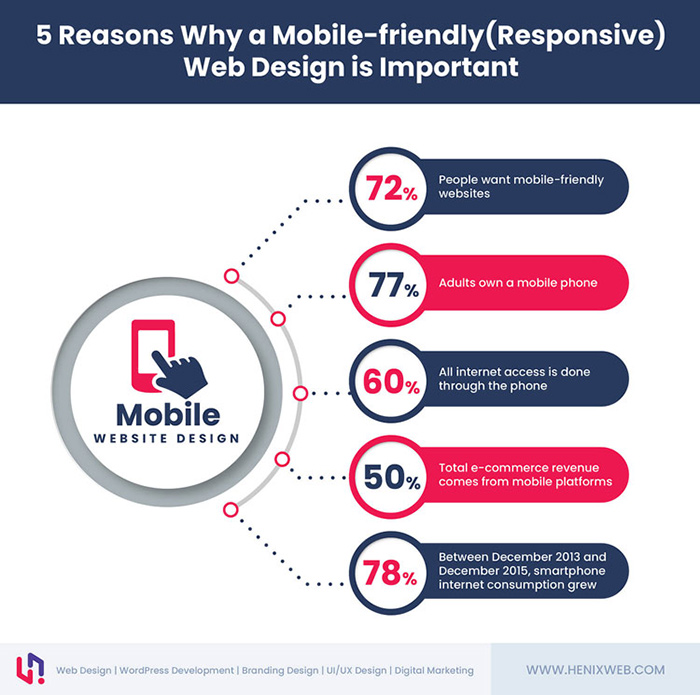
-
Opportunities for Modification
Beauty is an eminently biased assessment. When it comes to web design, elegance means user-friendly layouts, amusing typography, iconography, brisk visuals, and many other design elements that help differentiate your store from others.
-
Easy to Flow Navigation
The term Navigation is used for UI elements to help users reach factual data on the website. It comprises the navigation menu, filters, onsite search, product category pages, and footer. In situations when an eCommerce platform curbs one's capacity to build custom-made navigation paths, it results in an amiable but flawed website that customers would want to use, but your conversion rate will surely deteriorate.
-
Unique User Experience
Contentment persuades consumers to complete their purchase. The finest of the finest tools will lose if your website is not convincing and wanting. A prominent user experience (UX) helps in that case,
UX plays a decisive role in assuring that the website is functional, instinctive, trust-worthy, user-friendly, and easy to reach out to. These factors put together will help to interact with users and make things happen.
Look to higher conversion rates, repetitive purchases, babble reviews, and verbal recommendations. Below mentioned are some points that help you determine if your eCommerce platforms are UX friendly or not.
- Approach for primitive UI components, and then leaf through the website and understand if you like Navigation, interacted with effective layouts, and found out all the design elements to be perceptive and alluring.
- Analyzing all the customization opportunities, the more elements you can adjust, the entire UX you will develop as per your operation's scale. The starter stage looks like an "OK" that a small store can practice. It may look like a wastage of money for massive operations but make sure that you can agitate and include various design elements as preferences change.
- Calibrate your website performance, page loading time, and comprehensive website speed, then subtract or add on your needs from your UX. Lethargic web pages, bugs in design elements, and slow loading product videos result in inferior CMS/CDN and hosting providers utilized by the eCommerce platform.
How Are The eCommerce Website Designs Of B2C And B2B Different?
While you want to design a high-performing website, you need to be clear about whom you want to target and the best route to reach your target audience. Be it B2B or B2C, they both have the same plan to make a sale, only the channel towards that goal is distinct.
- Companies' brand awareness is the foremost priority for B2C business. For them, an appreciable brand combined with a robust online presence equals a considerable share of the whole admissible market.
- Lead generation is the topmost priority for B2B companies, but with an alcove market and lengthy purchase cycles, these B2B brands need to maintain a constant channel of intense leads.
Let's have a glance at what design-wise mean:
Customer Intent
Needs precipitate the B2B well as B2C purchases. However, their elemental motivation behind those needs may be distinct. B2B consumers are compelled by business priorities and supported by groups of stakeholders, teams, end-users. It follows an elongated product research timeline, as there is a long list of product requirements that need to be evaluated in detail. It is a significant reason that B2B eCommerce websites bid over converting TOFU (top of the funnel) and MOFU (middle of the funnel) visitors to explore and then convert them into customers a mix of online and offline sale strategies.
While B2C clientele operates over prompt demands, most of them even shop around, correlating the products, prices, quality specs, and many more. While the average time spends over on each of these stages of the sale cycle is curtailed. On the other hand, B2B buyers spend colossal time on data-based product evaluation and consideration. B2C clan operates on the impetus and therefore is more approachable to numerous credible triggers, mobilized by our basis of effective conversion rate optimization tactics utilized by B2C e-tailers, clout these biases in design to sway their purchase decisions.
Purchase Process
Many people are a part of the B2B purchasing process, consisting of both end-users and decision-makers. A best ecommerce website is an expediting tool that has to support, inform, and demonstrate how products will meet organization needs through content, bilateral onsite tools, and aiding marketing assets. Remember that your fundamental goal is to generate leads and not embed them for an instant sale.
In B2C, purchasing decisions are event-driven and sometimes emotional. B2C customers generally have constant product exploration and evaluation in the back of their minds. The time when they discover it to be a great deal, then they'll grab it in a jiffy. That's why B2C eCommerce websites need to aid discovery and feed in the sense of imperativeness.
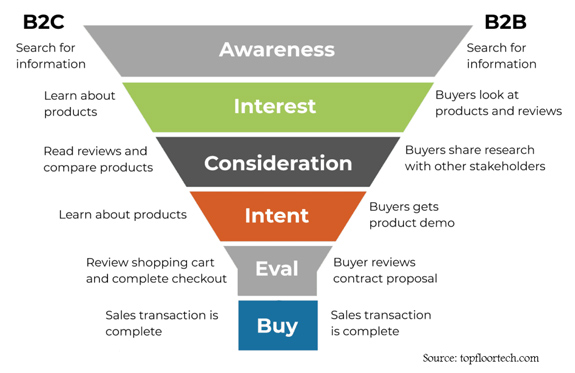
User Experience
Both B2B and B2C shopper's user experience plays a vital role. But they both have to account for the differences as mentioned earlier in determining the purchase process. Here are top 5 critical differences required in UX for both B2B and B2C websites:
- B2B web design must accumulate elongated content to back in the long sales and decision-making process.
- All your B2B data needs to convey to both choosers (decision-makers) and end-users
- B2B products must have longer, comprehensive information with a precise analysis of integrations, capabilities, and regulatory requirements.
- B2B and B2C customers are both price-conscious. But the pricing scenarios of B2B are more compound structured. One must provide B2B buyers with distinct pricing ranges variations, pay-per-usage scenarios, or calculators to facilitate decision-making.
- B2B websites provide various customer segments, differing in size, industry, and other operational budgets. This implies that B2B websites must have a more diverse, customer-based navigation to help reach the targets.
Conclusion
At last, the best ecommerce web design is all about verbosity. Initiate with imperative pages, design agile prototypes, and then analyze them with your team to make necessary alterations. Launch your customized website and grab authentic insights from your customers.
Among all the optimization, or adding a new product landing page and making some seasonal promotions, you would be having an abundance of in-hand design work. You can focus on the innovative part of the process if all the operational and performance-related requirements are delegated to your ecommerce service providers. It will help you to surpass yourself with modern ecommerce website design.


